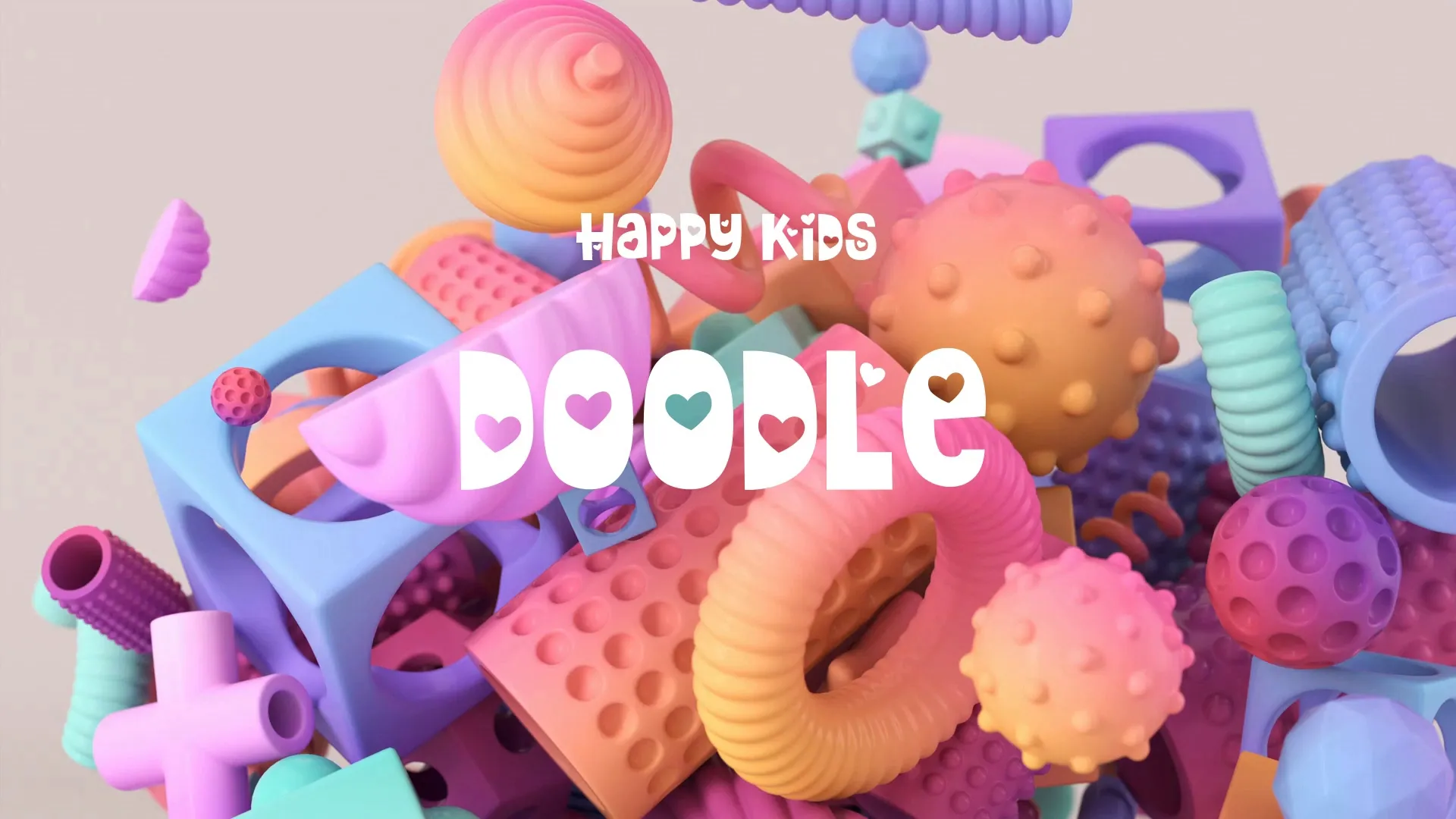Game Iteration Process: Implementing Player Feedback for Game Improvement
The game iteration process hinges on understanding your players. Ignoring feedback is a direct path to missed opportunities and a stagnant game. This guide outlines how to effectively implement player feedback, transforming raw data into tangible improvements.
Establish Clear Feedback Goals
Before collecting any feedback, define what you want to learn. Are you testing a new mechanic, assessing UI clarity, or evaluating overall player retention? Specific goals guide your feedback collection and analysis.
Without clear objectives, feedback becomes a noisy distraction rather than a valuable resource. Focus your efforts to get the most relevant insights for your current development stage.
Diverse Methods for Collecting Player Feedback
Reliance on a single feedback source provides an incomplete picture. Employ a mix of methods to gather comprehensive insights into player experience.
Early-Stage Playtesting: Conduct structured playtests with a small, diverse group. Observe their gameplay directly and ask targeted questions about their experience.
Surveys and Questionnaires: Use well-designed surveys to gather quantitative and qualitative data. Keep them concise and focused on specific aspects of your game.
Community Forums and Social Media: Monitor discussions on platforms where your players congregate. These organic conversations reveal genuine sentiments and pain points.
In-Game Analytics: Implement telemetry to track player behavior passively. This provides objective data on progression, feature usage, and areas of struggle.
Player Reviews: Actively read and categorize reviews from platforms like Steam. These often highlight critical issues and unexpected delights.
Analyzing Player Reviews for Game Improvement
Player reviews are a goldmine of unfiltered opinions, but require systematic analysis. Look beyond individual comments to identify recurring themes and patterns.
Categorize reviews by sentiment (positive, negative, neutral) and topic (bugs, gameplay, performance, art style). This helps prioritize issues and understand player priorities.
Leverage tools that can process large volumes of text data for sentiment analysis. Wayline’s Sentiment tool, for example, helps analyze reviews on Steam to gain actionable insights efficiently.
Quantify the frequency of certain complaints or praises. A single negative review about a bug is different from dozens reporting the same issue.
Create a free account, or log in.
Gain access to free articles, game development tools, and game assets.























